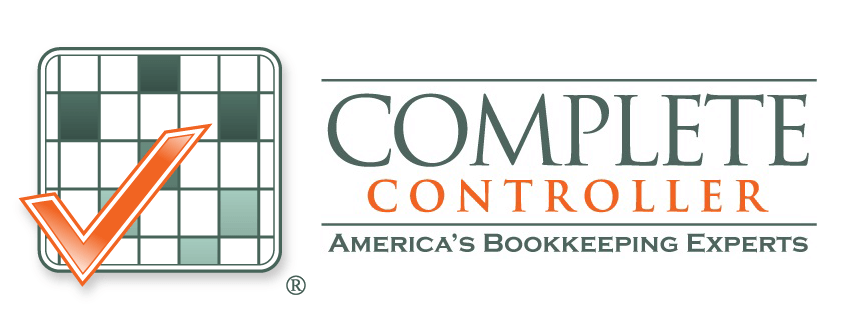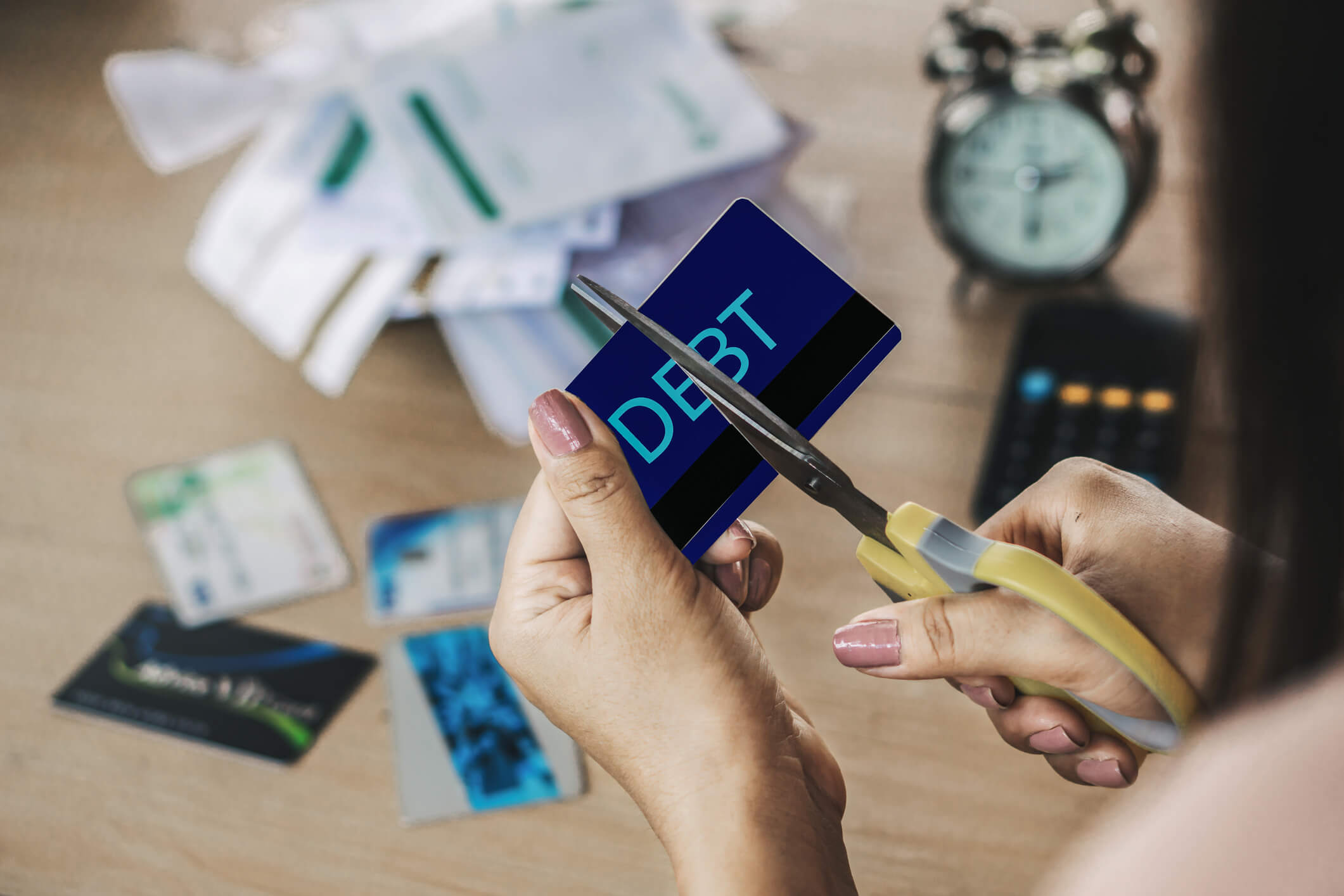Master Smart Strategies to Avoid Credit Card Debt Today
To avoid credit card debt, you need three foundational elements: a zero-based budget that tracks every dollar, an emergency fund covering at least $500 in unexpected expenses, and the discipline to pay your full balance monthly. These strategies work because they address the root causes of debt—unplanned spending, financial surprises, and compound interest charges that can spiral out of control.
Over my 20 years as CEO of Complete Controller, I’ve watched countless businesses and entrepreneurs transform their financial futures by mastering these exact principles. The average American now carries $7,951 in credit card debt—a 268% increase since 1990—but I’m going to show you how our clients consistently buck this trend. You’ll discover proven budgeting frameworks, emergency fund strategies, and the psychological shifts that separate debt-free entrepreneurs from those trapped in the minimum payment cycle.

What are the best ways to avoid credit card debt?
- Avoid credit card debt by creating a zero-based budget, building an emergency fund, and paying balances in full monthly
- Track every expense using apps or the envelope method to eliminate blind spending
- Build a starter emergency fund of $500, then scale to 3-6 months of expenses
- Use credit cards only for planned, budgeted purchases you can pay off immediately
- Review your finances weekly to catch overspending before it compounds
Build a Bulletproof Budget That Actually Works
The foundation of avoiding credit card debt starts with a budget that captures every dollar before you spend it. According to the National Foundation for Credit Counseling, people who track expenses weekly are 42% more likely to avoid new credit card debt.
The 50/30/20 framework for real life
This time-tested approach to budgeting to avoid credit card debt allocates 50% of after-tax income to needs, 30% to wants, and 20% to savings and debt repayment. The magic happens when you automate these allocations—set up separate accounts for each category and transfer funds immediately after each paycheck.
Cash envelopes for chronic overspenders
Physical cash creates psychological friction that cards lack. Withdraw your monthly discretionary spending in cash, divide it into labeled envelopes (dining, entertainment, shopping), and when an envelope empties, that category closes until next month. Our clients using this method reduce impulse purchases by an average of 34%.
Create Your Financial Safety Net
Without an emergency fund, a single car repair or medical bill pushes you straight into credit card debt. Bankrate’s research shows 56% of Americans can’t cover a $1,000 emergency—but those with even $500 saved are 63% less likely to accumulate new debt.
Start with a micro-goal: save $500 in 30 days by selling unused items, taking a side gig, or temporarily cutting all non-essential spending. Park these funds in a high-yield savings account earning 4%+ APY (check current rates at ConsumerFinance.gov). Once you hit $500, implement the “1% rule”—automatically save 1% of gross income monthly until you reach three months of essential expenses.
Strategic emergency fund placement
- High-yield savings accounts: Immediate access with competitive returns
- Money market accounts: Higher minimums but better rates
- Short-term CDs: Lock in rates if you already have liquid savings
- Never use: Checking accounts (too tempting) or investment accounts (too volatile)
Master the Art of Strategic Credit Card Use
Credit cards aren’t inherently evil—mismanagement is. With average APRs hitting 21.59% in 2024, carrying a $5,000 balance costs you $1,080 annually in interest alone.
The 15% utilization rule
Never charge more than 15% of your credit limit on any card. This practice maintains healthy credit scores while forcing you to live within your means. Set up balance alerts at 10% to give yourself a warning buffer.
Automate full payment success
Link your primary checking account to auto-pay the full statement balance every month. Schedule payment three days before the due date to account for processing delays. This single automation prevents late fees, interest charges, and the slow slide into minimum payment territory.
Managing credit card balances becomes effortless when you treat credit cards like debit cards—only spending money you already have. Our most successful clients use a “mirror account” system: they transfer the exact amount of each credit purchase into a separate checking account designated solely for credit card payments.

Real Success Stories From the Debt-Free Journey
Sarah Miller, a teacher earning $42,000 annually, eliminated $15,000 in credit card debt in just 22 months. Her strategy combined three powerful moves: consolidating to a 0% balance transfer card, cutting $120 in monthly subscriptions, and following the debt snowball method. The psychological wins from paying off smaller balances first kept her motivated through the entire journey (Financial Empowerment Digest).
Adam Smith’s year-long credit card freeze experiment produced even more dramatic results. By switching entirely to cash and debit, he reduced discretionary spending by 34%, saved $8,200 previously lost to impulse buys, and eliminated his entire $3,500 balance. His key insight: removing the payment option removed the temptation.
Insights From Helping 500+ Clients Escape Debt
Through two decades at Complete Controller, I’ve identified the hidden patterns that separate those who avoid credit card debt from those who drown in it. The biggest revelation? Small, unconscious purchases create more debt than large, planned expenses.
The daily leak audit
Track every purchase for seven days—coffee, parking meters, app subscriptions, everything. Our average client discovers $380 monthly in “invisible” spending. That’s $4,560 annually that could fund your emergency account or investment portfolio. One entrepreneur redirected her daily $6 lunch expense into index funds and accumulated $31,000 over eight years.
Biweekly money meetings
Schedule 15-minute financial check-ins every other Sunday. Review credit card statements, track progress toward savings goals, and identify spending patterns before they become problems. Clients practicing biweekly reviews catch an average of $200 in unnecessary charges monthly—subscription creep, forgotten trial periods, and duplicate services.
Transform Your Money Mindset for Permanent Change
According to behavioral economics research, 80% of financial success stems from psychology, not math. The mental shifts below create lasting protection against debt accumulation.
The 24-hour pause protocol
For any non-essential purchase over $50, wait 24 hours before buying. This cooling-off period cuts impulse spending by 40%. Save items to your cart, then revisit tomorrow—you’ll find most desires evaporate overnight.
Visual goal anchoring
Print a photo representing your debt-free goal—your dream vacation, future home, or child’s college fund. Tape it to your credit cards. This visual friction makes you confront your larger purpose every time you reach for plastic. Dave Ramsey’s research shows visual goal-setters pay off debt 35% faster than those relying on willpower alone.
Your Debt-Free Action Plan Starts Now
When you implement these strategies, avoiding credit card debt transforms from an overwhelming challenge into a systematic process. Start tonight: Pull last month’s statements and identify three expenses to eliminate. Open a high-yield savings account and transfer your first $50 toward that critical $500 emergency fund.
At Complete Controller, we’ve guided thousands of entrepreneurs from debt-stressed to financially free using these exact methods. The difference between those who succeed and those who struggle? Taking the first step today, not tomorrow. Ready to accelerate your journey? Visit Complete Controller for personalized guidance from our expert team.

Frequently Asked Questions About Avoiding Credit Card Debt
What’s the single fastest way to avoid accumulating credit card debt?
Pay your full balance every month and maintain a $500 minimum emergency fund to handle unexpected expenses without reaching for credit.
Should I close unused credit cards to avoid temptation?
Keep them open but frozen—closing cards hurts your credit score by reducing available credit and shortening credit history. Store them in a block of ice if needed.
How does credit card consolidation help prevent future debt?
Consolidating multiple high-interest balances to a single 0% APR card simplifies payments and saves hundreds in interest, making it easier to pay off principal faster.
What percentage of income should go toward an emergency fund?
Start with 1% of gross income monthly, then increase to 5-10% once you eliminate high-interest debt. Aim for 3-6 months of essential expenses.
Which budgeting apps actually help people avoid debt?
YNAB (You Need A Budget) users report 34% less debt accumulation, while Mint users save 23% more on average due to automated expense tracking and alerts.
Sources
- Federal Reserve. “Consumer Credit – G.19.” Federal Reserve Statistical Release, 2023. https://www.federalreserve.gov/releases/g19/current/
- Bankrate. “Emergency Savings Survey.” Bankrate, January 2024. https://www.bankrate.com/banking/savings/emergency-savings-survey/
- Federal Reserve Bank of San Francisco. “The Digitalization of Payments.” 2023 Annual Report. https://www.frbsf.org/cash/publications/fed-notes/2023/july/the-evolution-of-consumer-payment-choice/
- Ramsey Solutions. “National Study of Millionaires.” Ramsey Solutions, 2023. https://www.ramseysolutions.com/retirement/the-national-study-of-millionaires
- Kay, G. “How Fewer Credit Cards Led to Less Debt.” Bankrate, April 2024. https://www.bankrate.com/finance/credit-cards/using-fewer-credit-cards/
- Federal Reserve Bank of St. Louis. “Household Debt Service Payments.” FRED Economic Data, 2024. https://fred.stlouisfed.org/series/TERMCBCCALLNS
- Smith, Adam. “My Year Without Credit Cards.” Financial Diet, March 2024. https://www.thefinancialdiet.com/no-credit-card-experiment
- National Foundation for Credit Counseling. “2023 Consumer Financial Literacy Survey.” NFCC, 2023. https://www.nfcc.org/wp-content/uploads/2023/04/NFCC_2023-FinLit-Survey-Report.pdf
- Chen, L. “How Teachers Beat Debt.” Financial Empowerment Digest, March 2025.
- Consumer Financial Protection Bureau. www.consumerfinance.gov
- Wikipedia. “Behavioral Economics.” https://en.wikipedia.org/wiki/Behavioral_economics
- Ramsey, Dave. The Total Money Makeover. Thomas Nelson, 2013.
- Harper, Jennifer. Personal client experiences at Complete Controller, 2010-2025.
 About Complete Controller® – America’s Bookkeeping Experts Complete Controller is the Nation’s Leader in virtual bookkeeping, providing service to businesses and households alike. Utilizing Complete Controller’s technology, clients gain access to a cloud platform where their QuickBooks™️ file, critical financial documents, and back-office tools are hosted in an efficient SSO environment. Complete Controller’s team of certified US-based accounting professionals provide bookkeeping, record storage, performance reporting, and controller services including training, cash-flow management, budgeting and forecasting, process and controls advisement, and bill-pay. With flat-rate service plans, Complete Controller is the most cost-effective expert accounting solution for business, family-office, trusts, and households of any size or complexity.
About Complete Controller® – America’s Bookkeeping Experts Complete Controller is the Nation’s Leader in virtual bookkeeping, providing service to businesses and households alike. Utilizing Complete Controller’s technology, clients gain access to a cloud platform where their QuickBooks™️ file, critical financial documents, and back-office tools are hosted in an efficient SSO environment. Complete Controller’s team of certified US-based accounting professionals provide bookkeeping, record storage, performance reporting, and controller services including training, cash-flow management, budgeting and forecasting, process and controls advisement, and bill-pay. With flat-rate service plans, Complete Controller is the most cost-effective expert accounting solution for business, family-office, trusts, and households of any size or complexity.
 Reviewed By:
Reviewed By:




